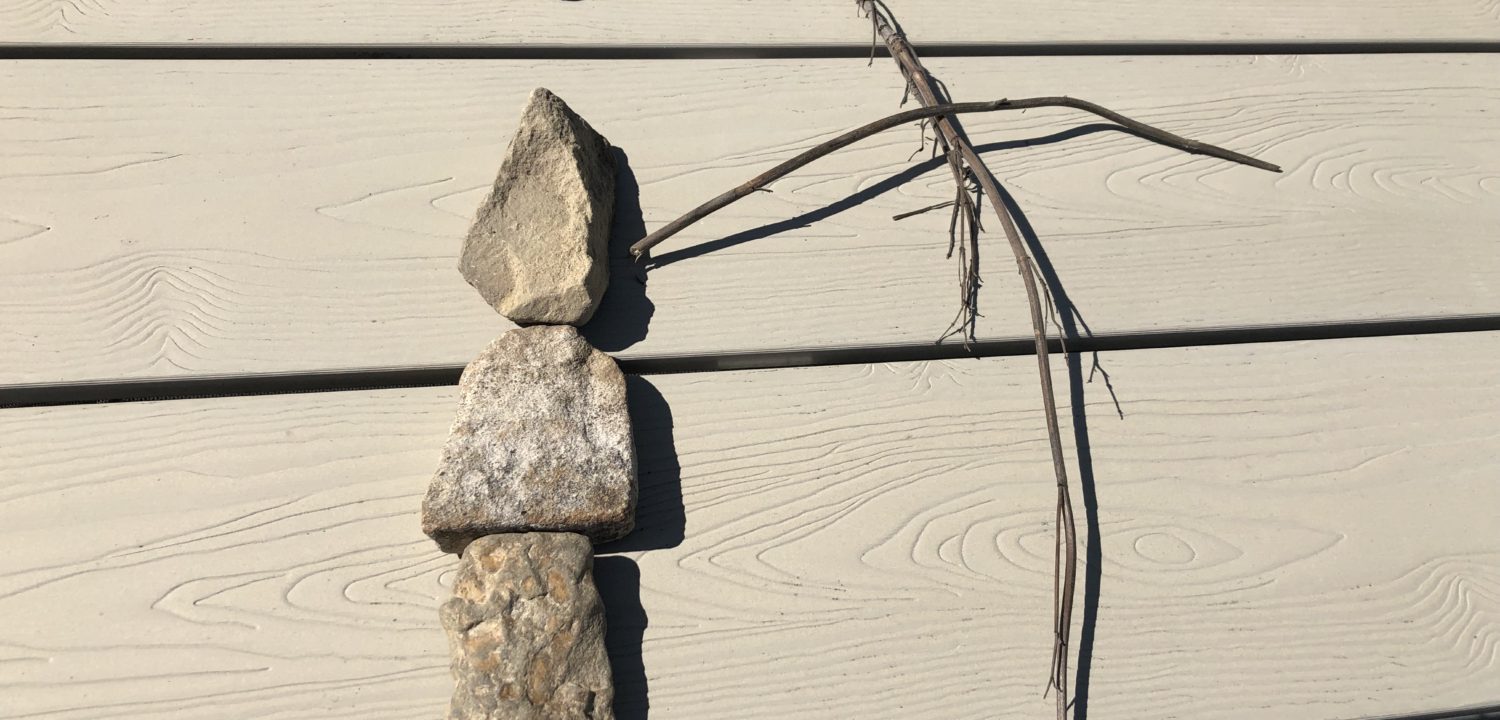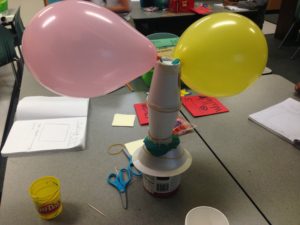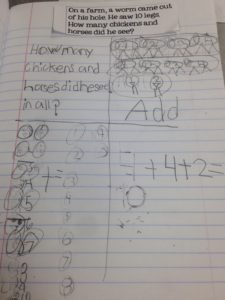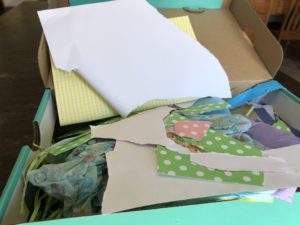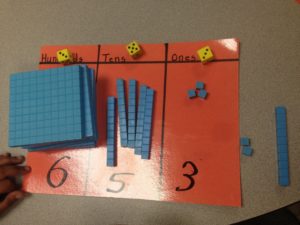January is a great time to revisit goals we set in September or to start the process for the first time. Typically, I’ll show students my actual goals and progress monitoring. I take out my personal planner and my goal-setting sheets, so they can see my process and decide what might work for them.
This is particularly helpful, because I often set multiple personal and professional goals throughout the year. I use different tracking systems and strategies to achieve each goal, so they can see a variety of tools. If this doesn’t work for you or you don’t feel comfortable sharing yours (or you don’t use a system – some people are more successful without one!), I’ve included some images of mine that you’re welcome to use with your students.
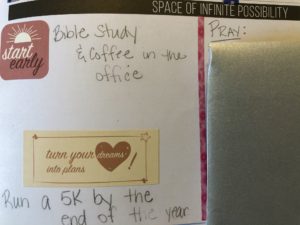
Student Goal Setting
Depending on the group of students, I’ve done this really simply using printer paper and colored pencils or crayons or with a handout or other scaffolding tools. In either case, the quality of my modeling has a direct impact on the quality of goals my students set.
Here are a few things that work for me:
Be Specific
The more specific a goal is, the more likely we are to achieve it and typically, the more thoughtful and purposeful it is. For example, in order to become a better reader, we have to consider what makes a good reader. What do good readers do regularly? What might be missing from your reading life that will help you become a better reader?
So be a better reader is one option, but a better goal would be practice reading regularly.
Make it Actionable
This is one of the keys to goal-setting success. We improve if our goals include things we can actually do. For students, making it really concrete is also helpful. So, rather than trying for a goal of improving my reading level, I’d focus on the actions I can take.
We might improve the goal above to say read for 20 minutes each day
Plan for Success
This was a turning point for me as an adult – when I knew what success looked like, I was able to reach my goals much more effectively! I’m always mindful of including this point in my mini lesson, so students are able to picture what succeeding will look like. This will be easier with some goals than others.
Perhaps a student ultimately wants to have all their fast facts memorized. Success might look like completing a particular assessment in a given period of time. With reading, it can be trickier, especially for those of us who are less inclined to focus on student reading levels. I’ve had students set the goal of reading a particularly challenging text. Several years ago, Harry Potter was a popular goal in my classroom. In order to do it, they knew they needed to flex their reading muscles regularly and build really strong decoding and comprehension skills.
With our reading example, we might modify the goal to be read just right books for 20 minutes each day so I can eventually read Harry Potter.e
Monitor Progress
I often show students a few examples of my own progress monitoring: my Goodreads page is a great example for students who like to use technology to track their progress, though I always remind them to talk with their parents before using any digital tools.
I also share my water intake tracker. My goal is to drink 8 glasses of water a day (obviously still a work in progress!). I point out that I haven’t reached my goal yet. If the class is ready, we might talk about evaluating whether our goal is achievable or if it needs to be broken into smaller steps, as I did with my 5K.
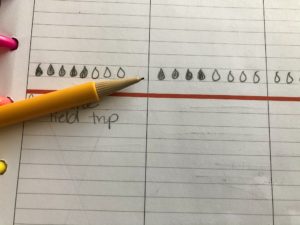
Professional goals are also helpful to share. When I was in the classroom, I would often share exactly what I was working on with the students. They were always eager to keep me accountable! This was particularly helpful if it was something I could track publicly. One year, I worked on wait time and kept a tally on the board each time I remembered to use it.
My 2020 writing goal would be a great one to share with students: I plan to publish 24 posts in 2020. This came about as I was seeking ways to pay it forward and share what I’ve learned with others, as well as continue writing regularly (an essential component of a writing teacher’s life). Google sheets is already working beautifully as a progress monitoring tool!
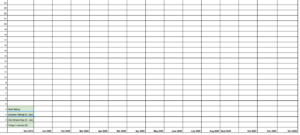
Know Yourself
I always point out that everyone is different, and every goal is different. Some people feel success when they are tracking a particular goal. Others feel that certain goals shouldn’t be monitored because it can steal the joy.
I ask that students try monitoring their progress with whatever goal they set and be mindful of how the process works for them. This is an important opportunity to learn something important about themselves, and it will serve them well to experiment and determine what process makes them most successful.
Share Your Goals
We typically write our goals, then share them with an accountability partner or post them in the classroom. If we’re displaying them, I always warn students ahead of time, so they can pick a goal they’re willing to share.
Reflect
Reflection is an essential component of this process. Some people are firm believers in setting goals with a time limit and checking back at the end of that time. I absolutely see the value in this, but it just hasn’t worked for me in elementary school. I find it’s often too long a period of time for students, and I tend to forget about the goals if we’re not checking in on them more regularly.
My students and I reflect on our goals as part of our weekly routines. Each Friday, we wipe down our desks and check in with our accountability partners before packing up. We’ll celebrate anyone who has achieved a goal or a milestone toward a goal, and sometimes have a class meeting where people can ask for advice from others. Some students choose to leave themselves a sticky note to remind them of their plans for next week or a quick word of encouragement to find Monday morning.
Do you set goals with your students? I’d love to know your process. Feel free to share in the comments or share your goal setting pictures and tips over on Instagram.


